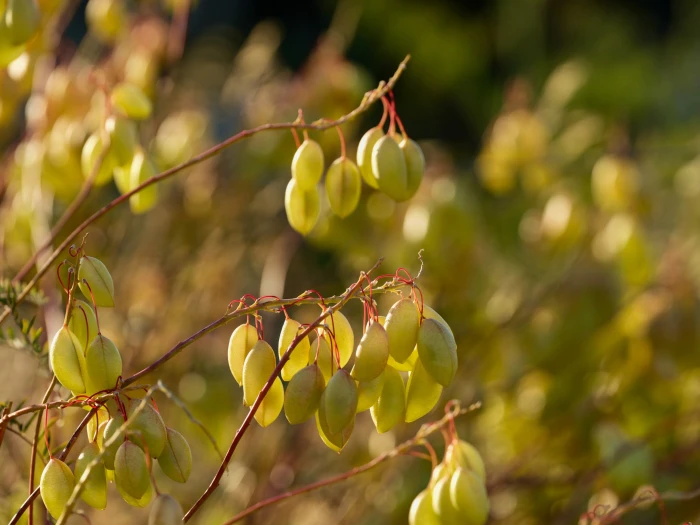San Joaquin Milkvetch
(Astragalus asymmetricus)
San Joaquin Milkvetch (Astragalus asymmetricus)
/
/

Michael Warner
CC BY 4.0
Image By:
Michael Warner
Recorded By:
Copyright:
CC BY 4.0
Copyright Notice:
Photo by: Michael Warner | License Type: CC BY 4.0 | License URL: http://creativecommons.org/licenses/by/4.0/ | Rights Holder: Michael Warner | Publisher: iNaturalist | Date Created: 2023-06-21T19:39:36-07:00 |

























Estimated Native Range
Climate Requirements
| • Precipitation | 15" - 18" |
| • High Temp. | 82°F - 96°F |
| • Low Temp. | 33°F - 39°F |
Summary
Astragalus asymmetricus, commonly known as San Joaquin milkvetch, is a perennial herb endemic to California’s grasslands, including the Central Valley, Central Coast Ranges, and areas around the San Francisco Bay. It typically grows 20 to 47 inches tall and is characterized by its long hairs. The pinnate leaves can reach up to 7.9 inches in length and are composed of linear to oval leaflets. From April to July, it produces cream-colored, pea-like flowers that are moderately showy, followed by distinctive hairy legume pods that can be up to 1.6 inches long.
San Joaquin milkvetch thrives in full sun to part shade conditions and prefers well-drained soils. It is highly drought-tolerant once established, making it suitable for xeriscaping and naturalistic plantings in arid regions. Despite its toxicity, which prevents it from being used in areas with livestock or human consumption concerns, it can be used for habitat restoration and as a pollinator plant for native bees. Gardeners should be aware of its toxic properties and handle it with care.CC BY-SA 4.0
San Joaquin milkvetch thrives in full sun to part shade conditions and prefers well-drained soils. It is highly drought-tolerant once established, making it suitable for xeriscaping and naturalistic plantings in arid regions. Despite its toxicity, which prevents it from being used in areas with livestock or human consumption concerns, it can be used for habitat restoration and as a pollinator plant for native bees. Gardeners should be aware of its toxic properties and handle it with care.CC BY-SA 4.0
Plant Description
- Plant Type: Herb
- Height: 1-2 feet
- Width: 1-2 feet
- Growth Rate: Moderate
- Flower Color: White, Yellow
- Flowering Season: Spring, Summer
- Leaf Retention: Deciduous
Growth Requirements
- Sun: Full Sun
- Water: Low
- Drainage: Fast
Common Uses
Drought Tolerant, Low Maintenance
Natural Habitat
Native to California’s grasslands, including the Central Valley, Central Coast Ranges, and areas around the San Francisco Bay
Other Names
Common Names: Asymmetrical Milkvetch, San Joaquin Milkvetch, Horse Locoweed
Scientific Names: Astragalus asymmetricus, Astragalus leucophyllus, Astragalus leucopsis var. asymmetricus, Astragalus leucopsis var. leucophyllus, Phaca asymmetrica, Phaca leucophylla, Tragacantha leucophylla
GBIF Accepted Name: Astragalus asymmetricus